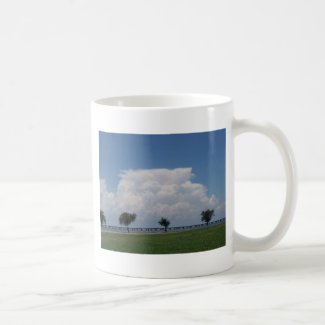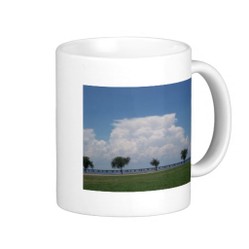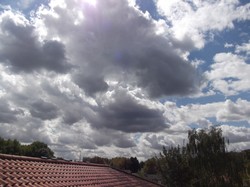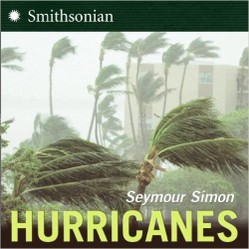Precipitation can occur in two distinct ways, depending on whether convection is involved or not.
Convection is a rapid mass movement of a fluid, and gases like the atmosphere are fluids. Fluid refers to both gases and to liquids. So, if a large volume of air move upwards rapidly, and this were to trigger precipitation, the precipitation is said to be convective.
Nonconvective precipitation occurs when precipitation occurs without this rapid mass air uplifting.
In both cases the cloud usually contains both liquid water and ice, and they are both in the same part of the cloud simultaneously.
Introduction Image: This is one of our own Zazzle products, and we own the image on it.













 Christmas on Zazzleon 10/21/2025
Christmas on Zazzleon 10/21/2025
 The Linear Equation and Related Equations and Inequalitieson 08/15/2024
The Linear Equation and Related Equations and Inequalitieson 08/15/2024
 Understanding Calculus: A Simplified Approach to Derivativeson 08/05/2024
Understanding Calculus: A Simplified Approach to Derivativeson 08/05/2024
 Limits: Vital Building Blocks of Calculuson 08/01/2024
Limits: Vital Building Blocks of Calculuson 08/01/2024



Comments
Here it rains about sixty inches a year, and most people do not understand the mechanisms involved. It is not as simple as one might think. Thanks for the comment.
I learned a lot today from this article. I live in the desert and have unobstructed view for miles, so I can actually see rain falling from clouds far away. It's a lovely sight.
blackspanielgallery, One of my favorite passages from A River Runs Through It is where Paul's father says that it is possible to have complete love without complete understanding. One of its deep truth applications for me always occurs with friendly non-rain and rain-bearing clouds even though I admire -- and fear for -- those who are in boats, ships, and submarines during extreme storms such as those which ended the exploring days of Bartolomeu Dias and his crew.
Thanks to both of you for the comments.
My family has a summer home on Cape Cod near the Cape Cod Canal. It's amazing to watch a storm heading in from the mainland. When it hits the air over the canal which is always different, it can turn snow to rain and stuff like that. Fascinating to watch!